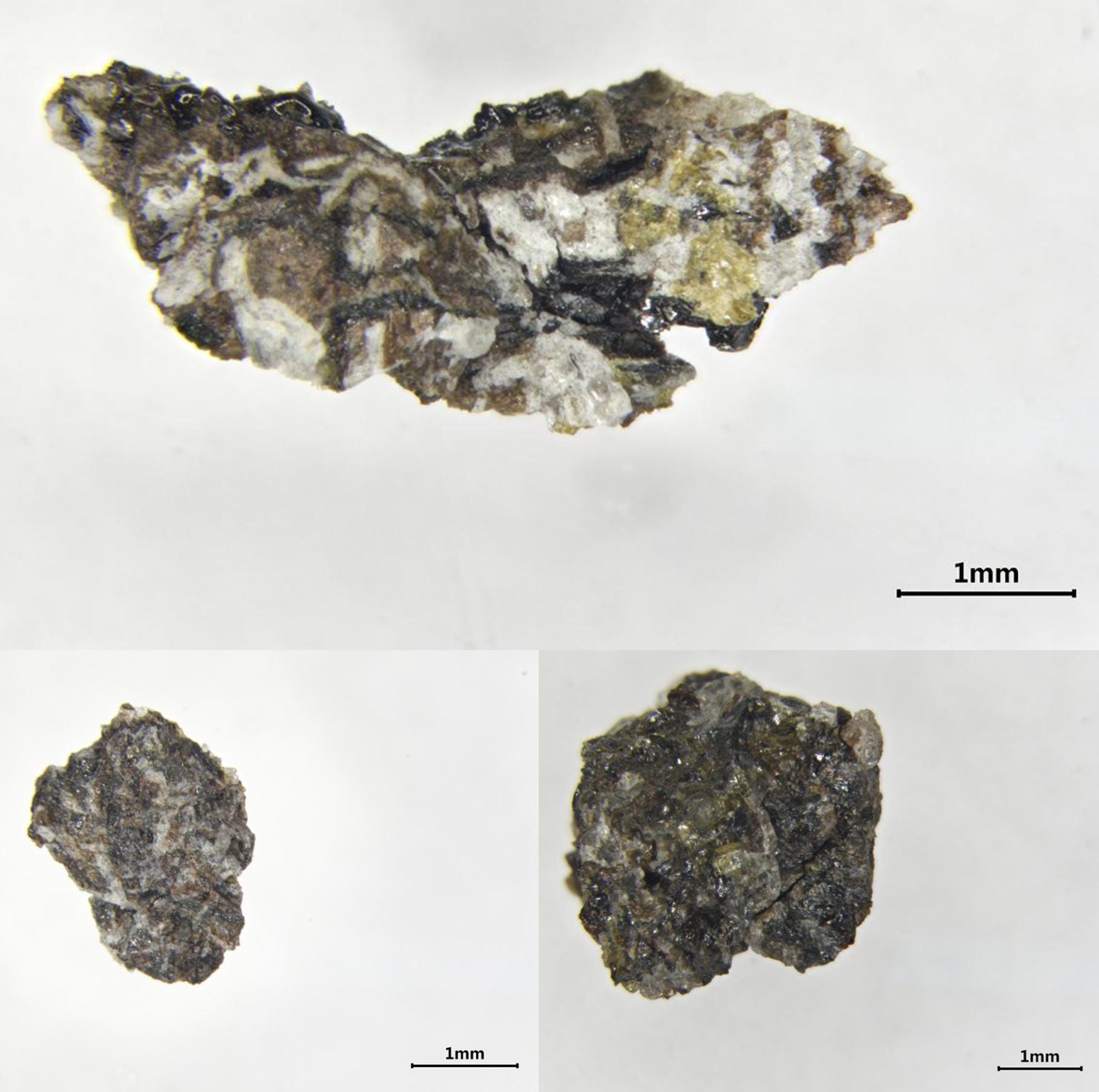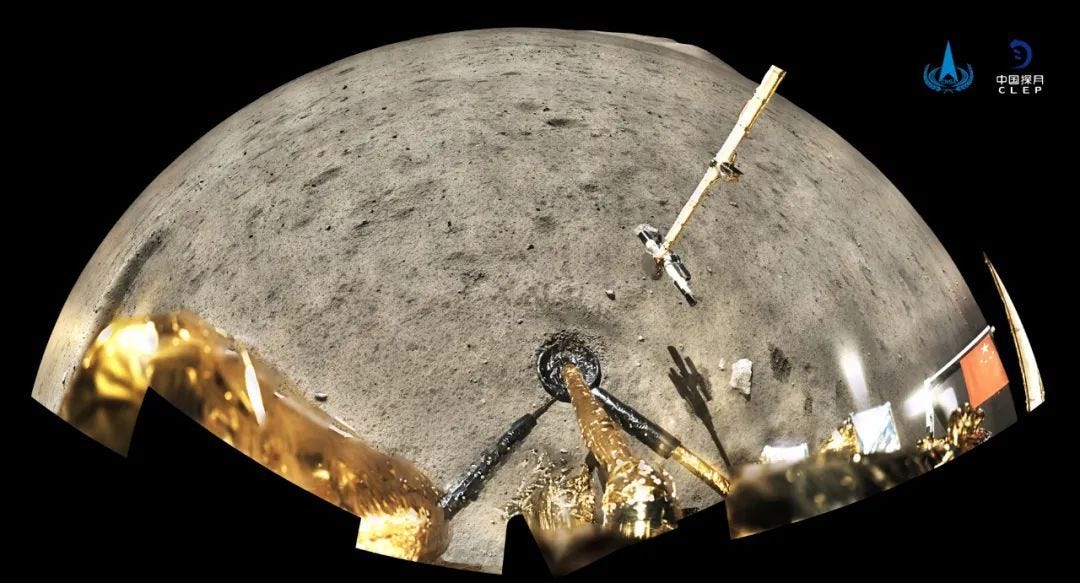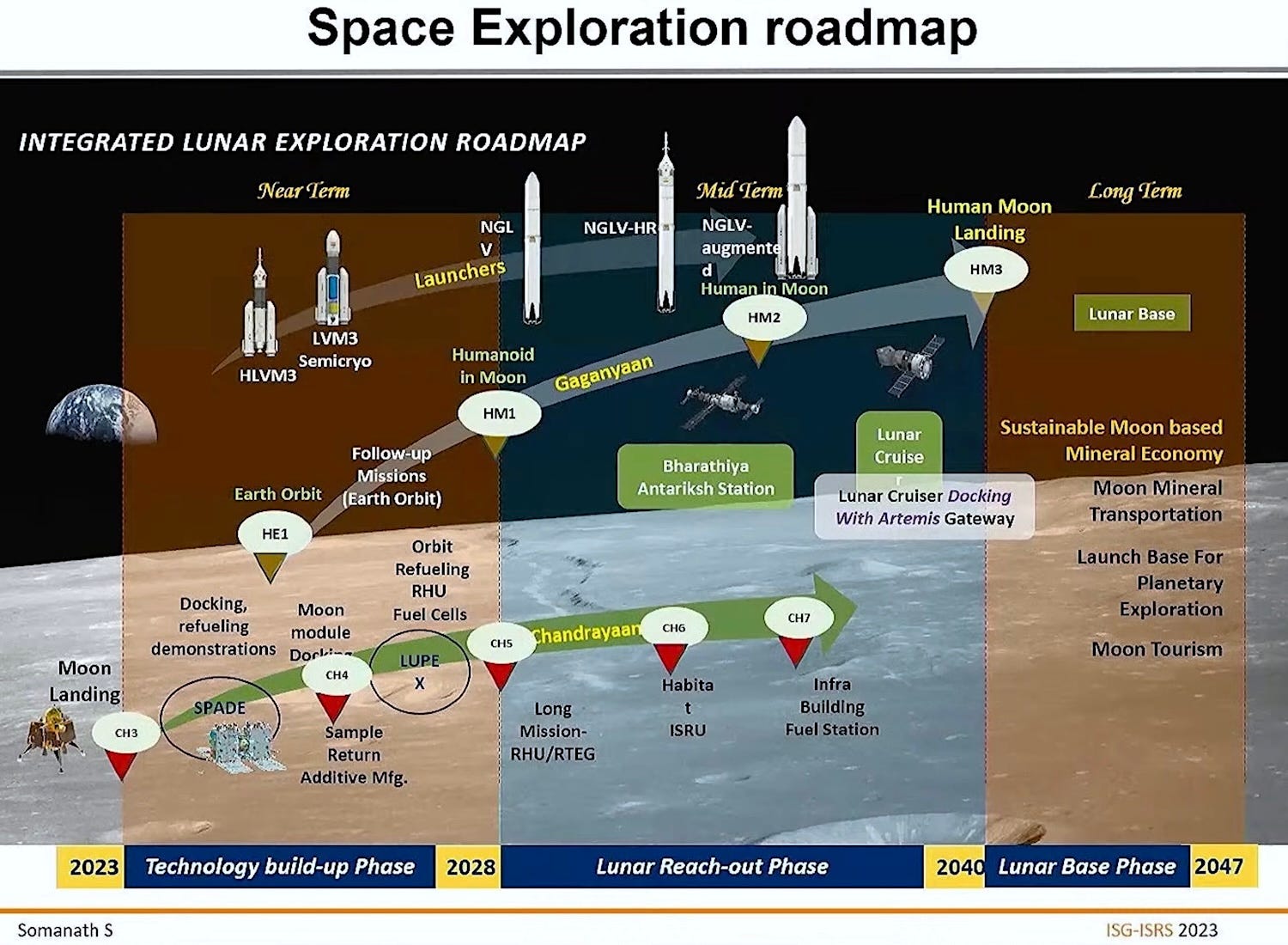Moon Monday #156: On NASA getting access to China’s lunar samples, Artemis updates, and more
NASA researchers can now directly ask for access to China’s Chang’e 5 lunar samples

In welcome news, NASA has secured an exception from the US Congress for its researchers to be able to apply for accessing lunar samples brought to Earth by China’s Chang’e 5 mission in 2020. This exception was necessary due to the 2011 Wolf Amendment, which bans bilateral scientific cooperation and collaboration between US and China. The development comes shortly after China’s recent invitation to international scientific communities to apply for studying the geologically young and uniquely important samples, which are distinct from ones fetched by Apollo and Luna.
Chinese scientists have used precise ages of studied Chang’e 5 samples to update the crater counting model, which is the basis for determining ages of most features on the Moon. For example, it’s from Chang’e 5 that we realized that some lunar features may be up to 240 million years older than previously thought. The scientific value of the Chang’e 5 samples isn’t limited to the Moon. Scientists are using these more accurate ages of lunar places and regions to calibrate the ages of features on other worlds such as Mars and Mercury. The samples also contain notable amounts of materials from meteorites, helping scientists unravel the type of asteroids that impacted our Moon in the past 2 billion years. Chang’e 5 samples are thus helping us refine our understanding of the chain of key events in our Solar System.
NASA-funded researchers will apply for the seventh round of Chang’e 5 sample solicitation proposals, which closes on December 22. Applicants can check some sample properties such as weight, particle sizes, and composition before applying. Andrew Jones notes that this move comes despite NASA Administrator Bill Nelson’s rhetoric against collaboration with China. Well, if intended and pushed for, space and science have an ability to transcend boundaries. And so I hope this case only serves as an example by which more non-aligned entities seek to engage in lunar cooperation.
Ling Xin reported in May that after exchanging 1.5 grams of Chang’e 5 samples with Russia last year for Soviet Luna 16 ones, China gifted France 1.5 grams of samples owing to their decades-long cooperation in space. Xin also pointed out that many of the over 100 research groups across China have had international collaborators from several European countries, Japan, Australia, and even the US (as is possible multilaterally). China has stored the bulk of the total 1.7 kilograms of Chang’e 5 samples for future studies with more advanced instruments. A small amount has been on public display at China's National Museum, and now Zhao Lei reports that some samples are being showcased at the Macao Science Center as well.
China is launching the Chang’e 6 mission next year to bring about two kilograms of lunar samples from the Apollo impact crater on the Moon’s farside, which should be scientifically even more valuable than the Chang’e 5 samples—seeing that it would be our first tactile window into the Moon’s mysterious farside. It would be amazing if the international access to lunar samples extended to Chang’e 6, including for the US.

Artemis mission updates
- NASA and Astrobotic have released the press kit for the latter’s first lunar lander launch. The company aims for a December 24 loft to Earth orbit on a ULA Vulcan rocket. The lander will attempt to touchdown in a lunar lava plain called Sinus Viscositatis just outside the Gruithuisen volcanic domes, carrying more than 12 payloads from 8 countries including a bevy of micro-rovers from 3 countries. As part of NASA’s CLPS program, it was also supposed to carry 11 agency-funded instruments but will now only fly five.
- Following the September 7 report by NASA’s Government Accountability Office (GAO) criticizing the agency for not being transparent enough about the true cost of the SLS rocket central to the nearly $100 billion Artemis Moon program, the office’s latest report turns its gaze towards another key Artemis element: the SpaceX Starship Human Landing System that NASA chose for landing Artemis III astronauts on the Moon. The GAO report affirms what we instinctively knew; that the Artemis III landing will not happen in 2025: “The complexity of human spaceflight suggests that it is unrealistic to expect the HLS program to complete development more than a year faster than the average for NASA major projects, the majority of which are not human spaceflight projects.” The GAO says 2027 is more likely. Marcia Smith highlights more delay factors from the GAO report, such as Axiom Space’s AxEMU spacesuits that the astronauts will wear. While Lunar Starship’s slow progress will delay not just Artemis III but also Artemis IV, the larger perspective to consider here is Starship’s criticality to NASA’s long-term lunar plans that should make up for time lost—if done right.
- On November 29, NASA performed a 650-second hot fire test of the fully redesigned RS-25 engine to be used on future SLS flights starting with Artemis V. This third test in an ongoing series was longer than the typical flight-time-matching 500-second burn to ensure margins. It also tested flight-like gimbaling of the engine, which during a mission helps stabilize the rocket as well as keep it on its intended trajectory.

Many thanks to Epsilon3, Open Lunar Foundation, The Orbital Index and Joseph Biernat for sponsoring this week’s Moon Monday.
The Artemis Accords and the Outer Space Treaty
On November 30, Angola became the 33rd country and the third African nation to sign the US-led Artemis Accords for cooperative lunar exploration. Nigeria and Rwanda became signees last year in December. Cris van Eijk points out that Angola is the first Accords signatory to have neither signed nor ratified any UN space treaty, including the Outer Space Treaty that the Accords posits to build on. Relatedly, even in the passing of a year since Colombia signed the Accords, the country hasn’t ratified the Outer Space Treaty.
In any case, the onboarding of countries like Angola to the Accords is in line with what Marcia Smith reported last year—that the US has been pushing for a broad, veto-less international participation in the Accords independent of a country’s intentions to collaborate with NASA on Artemis missions.
Relatedly, a nation to look out for with respect to the Accords is South Africa. The country is aiding NASA with a crucial ground station which will provide high bandwidth communications to the agency during Artemis crewed missions. At the same time, South Africa recently formally joined the upcoming China-led long-term scientific base on the Moon’s south pole called the International Lunar Research Station (ILRS). It will be interesting to see if South Africa signs the Accords.
More Moon
- In a symposium talk on November 28, ISRO Chief S. Somanath highlighted some key tentative missions and elements from an increasingly complex roadmap that will feed into and enable the newly announced national goal of sending an Indian to the Moon by 2040. These include the Indo-Japanese LUPEX rover and the Chandrayaan 4 sample return missions before end of decade, a Chandrayaan 5 mission with the ability to survive the lunar night, a resource extraction and utilization demonstration with Chandrayaan 6, a crewed lunar cruiser docking with the NASA-led Gateway international orbital habitat (as I predicted!), a partially reusable Next Generation Launch Vehicle (NGLV), and more.

- In July, the Italian Space Agency (ASI) announced an agreement with Politecnico di Milano to do initial work on the ORACLE project aimed at extracting oxygen from lunar soil. Now ASI is looking for an industrial partner to advance this work to a lunar flight version by 2028, with an allocated budget of €11 million.
Events and Jobs
- The Lunar and Planetary Institute and the Universities Space Research Association are organizing the free Artemis Orbital Observation Science workshop on December 5. The meet is for the US lunar community to discuss and provide input to NASA on what Artemis astronauts across missions could do in lunar orbit with respect to observations.
- The Moon Village Association is organizing its 7th international workshop and symposium from December 7–10 in Japan. Free online registration is available, which covers some sessions.
- Firefly is hiring a US-based propulsion engineer to develop hypergolic engines for its Blue Ghost Moon landers, two of which will fly to the Moon as part of NASA’s CLPS program in 2024 and 2026 respectively.
